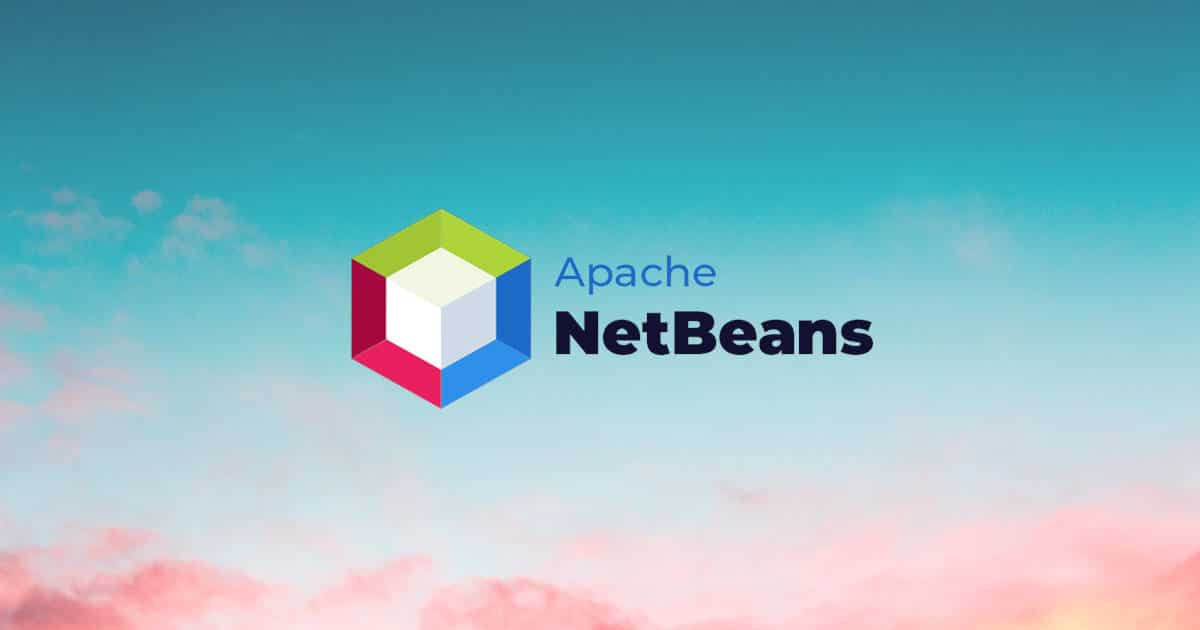
NetBeans is a free integrated development environment, made primarily for the Java programming language.
The new version of NetBeans 19 has already been released and it comes loaded with a large number of changes and improvements, of which the support improvements for Java, PHP, Rust stand out, as well as some improvements in the user interface, among other things.
For those who are unfamiliar with NetBeans, you should know that this it is quite a popular IDE which provides support for Java SE, Java EE, PHP, C/C++, JavaScript and Groovy programming languages.
Main new features of NetBeans 19
In this new released version of NetBeans 19, sand implemented a number of visual enhancements, of which it stands out that the code editor has a file and link viewer (minimal, but functional) by Markdown incorporated, as well as have also implemented the screen saver improvements which has sub-pixel text smoothing enabled with information about the module loading progress, while on HiDPI screens, the insertion indicator rendering in drag and drop mode has been improved.
In addition to this, it is also noted that fixed multiple tab underlining in the rendering of the top tab, the rounding in the font metrics of the terminal was updated, as well as that the closing of tabs when trying to select a partially cropped tab was fixed.
Another of the changes that stands out in this new version of NetBeans 19 is that added support for the GlassFish 7.0.6 platform and the Wildfly 28 application server, also support for JSF 4.0, as well as the ability to browse through HCL files (configuration definition language used in HashiCorp Terraform) and that the capabilities associated with the use of LSP servers were extended.
As regards the improvements for Java, it should be noted that the code editor has improved tuning of conditionals, loops and try/catch blocks, have been improved code Completion Function, added ability to directly bind JTreg, provided ability to bind modules to processor architecture, OpenJFX module added support for Aarch64 architecture for Linux and Mac OS.
In Gradle, this build system was updated along with its API to version 8.3-rc with support for JDK 20, and Groovy DSL is still used.
In Maven, the update to Maven 3.9.3 was made, maven-indexer 7.0.1 and lucene 9.6.0, plus support for filters for external indexes was added, improved java solution to enable preview, SMO service is used for class name and SHA1 queries, optimized incremental update of indexes has been performed, and compatibility with Jakarta EE 10 has been improved.
Of the other changes that stand out from this new version:
- The "Rerun failed tests" button is enabled for JUnit5.
- Implemented the ability to convert a project from jakartaee8 to jakartaee10.
- Added a setting to disable parameter completion hints.
- Support for generating lambda expressions has been added to the code generator.
- CSS support in the web project environment has been improved.
- The implementation of tabs in the panel has been changed, so now the concept of successive cards intervenes.
- Improved font options in the terminal window.
- Improved support for features introduced in newer versions of PHP in the PHP environment.
- The development of the environment for the development of projects in Rust language has continued.
- All typical actions with projects were implemented. Guaranteed correct handling of single quotes in Rust code.
Finally if you want to know more about it of this new version, you can check the details in the following link.
How to install Apache NetBeans 19 on Linux?
For those who want to get this new version they must download the application source code, which can be obtained from the following link.
Once you have everything installed then, unzip the newly downloaded file into a directory of your liking.
And from the terminal we are going to enter this directory and then execute:
ant
To build the Apache NetBeans IDE. Once built you can run the IDE by typing
./nbbuild/netbeans/bin/netbeans
As well there are other installation methods with which they can be supported, one of them is with the help of the Snap packages.
They only need to have the support to be able to install these types of packages on their system. To install by this method, you must type the following command:
sudo snap install netbeans --classic
Another method is with the help of Flatpak packages, so you must have the support to install these packages on your system.
The command to perform the installation is as follows:
flatpak install flathub org.apache.netbeans